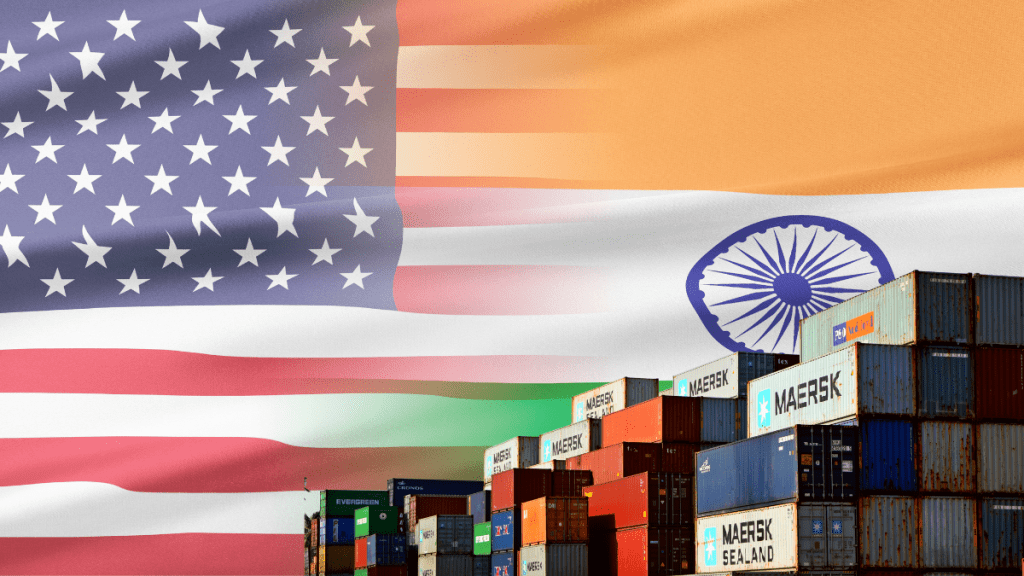The current 25% additional tariff on Indian goods exported to the US will significantly impact earnings in labour-intensive sectors such as diamond polishing, shrimp, home textiles and carpets, Crisil Ratings said in its latest report.
It noted that an additional 25% duty, effective August 27 as a penalty for importing Russian crude, will further pressure these sectors and also affect ready-made garments (RMG), chemicals, agrochemicals, capital goods and solar panel manufacturing—making exports to the US unviable for all.
A Deeper Dive into the Hardest-Hit Sectors
Home textiles and carpets, which derive 65–75% of sales from exports, are among the hardest hit. The US accounts for about 60% of India’s home textile exports and 50% of carpet exports. “The reciprocal tariff will lead to a material decline in revenue and profits for both these sectors,” Crisil said, adding that the sectors have limited ability to pass on the higher cost due to the discretionary nature of the products.
For shrimp exporters, the US makes up over 48% of revenue. With countervailing and anti-dumping duties already in place, India is now among the most heavily taxed major shrimp suppliers to the US. Higher tariffs could drag down volumes as competition from low-tariff Ecuador intensifies, further squeezing already thin margins.
Diamond polishers, for whom the US contributed 25% of revenue last fiscal, face compounded pressure from tepid US demand for natural diamonds and a shift toward lab-grown alternatives. “The tariff will also put further pressure on the already modest operating margin of the sector due to reduced fixed-cost coverage,” the agency warned.
While the impact on sectors like ready-made garments, agrochemicals, specialty chemicals and capital goods may be more manageable due to lower US exposure (5–20% of revenue), the additional 25% duty will still hurt. For RMG, where US exports account for 10–15% of revenue, the higher tariff will render shipments unviable against Chinese and Vietnamese rivals.
Solar panel makers, with only 10–12% sales to the US, and agrochemical exporters, with 11–12% exposure, face relatively smaller risks but will still contend with intense Chinese competition in alternative markets such as Brazil and Latin America.
Navigating the Storm: A Look Ahead
Crisil said the extent of damage will depend on each sector’s US exposure, ability to pass on costs, and tariff positioning relative to peers. A second-order impact from slowing US demand and altered global trade flows also bears watching.
The agency noted that any potential US–India trade deal, along with government support for affected industries, will be key. The tariffs come at a time when corporate balance sheets are stronger, which could soften the credit impact.
